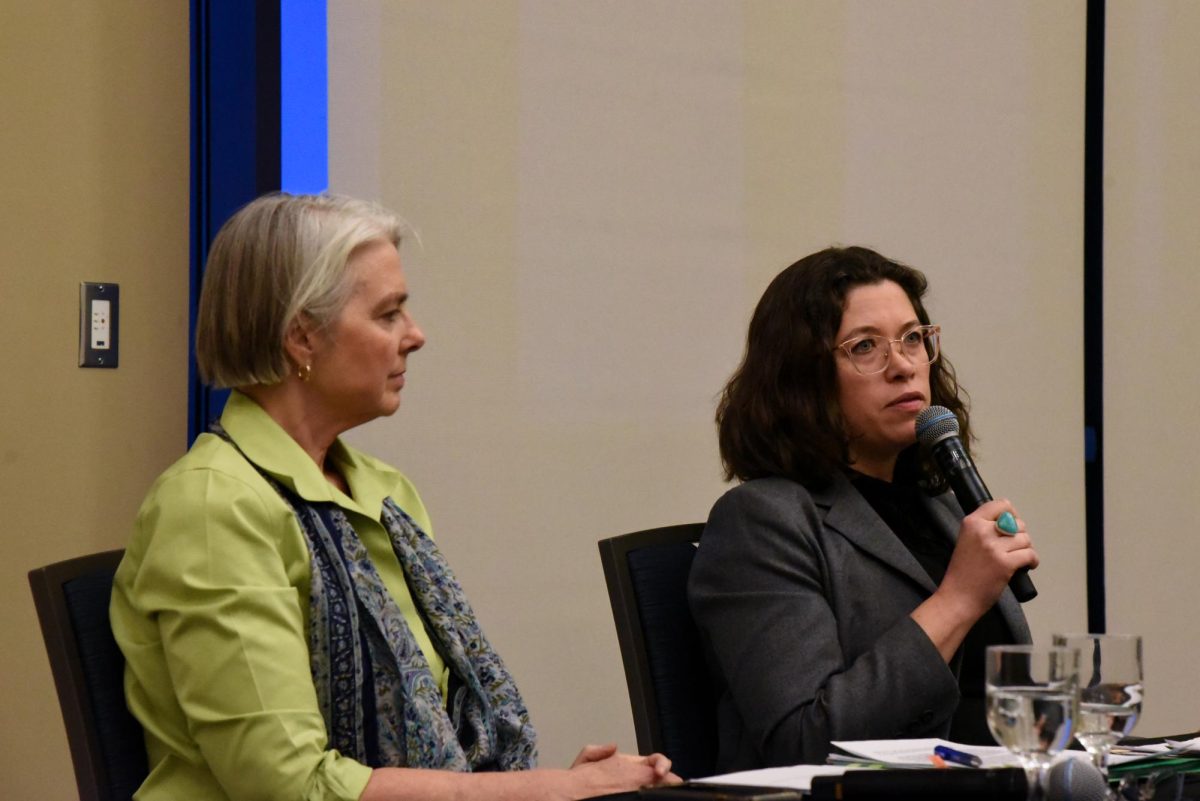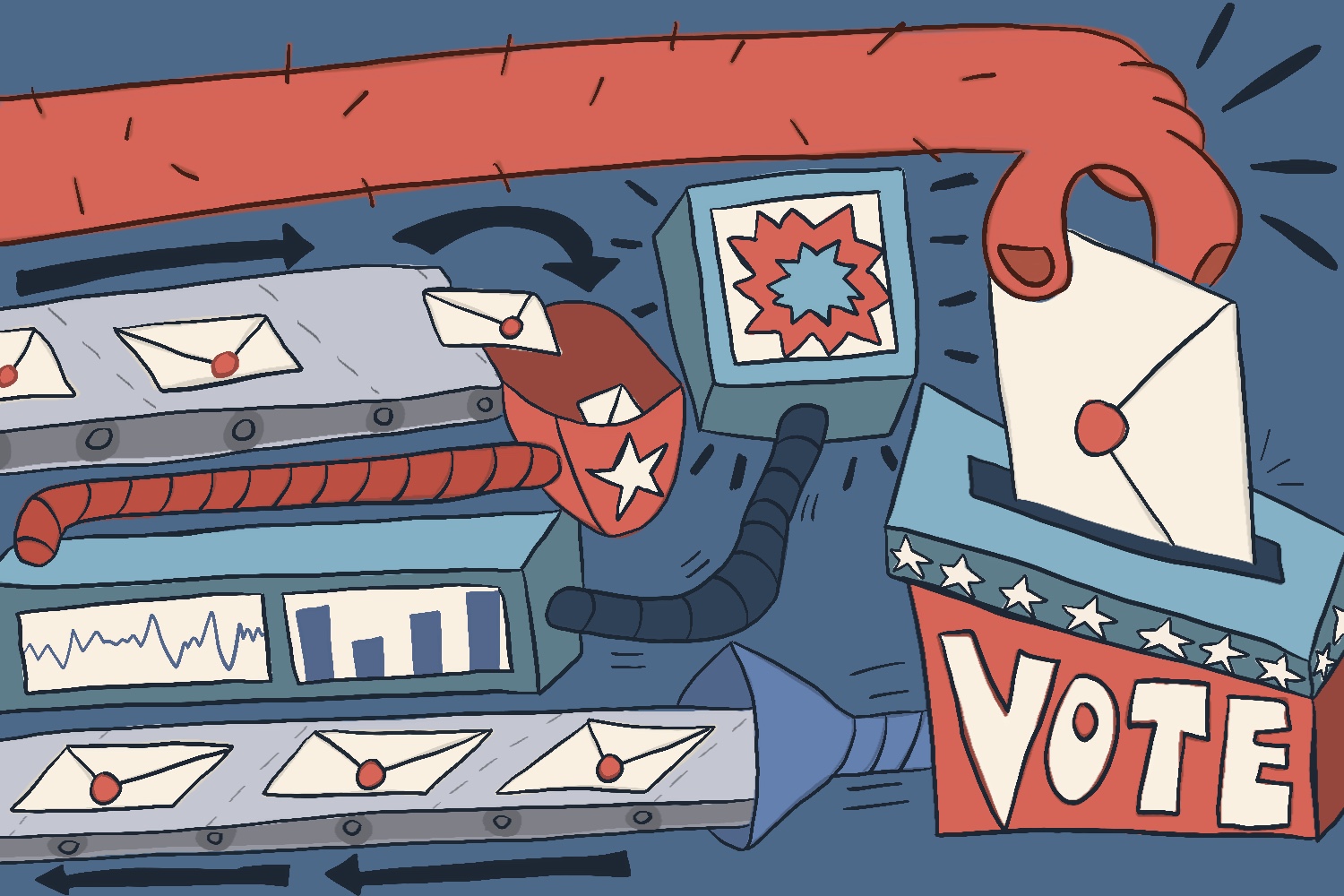As the result of the $787 billion federal stimulus package passed in February, UVM researchers have begun seeing more grants approved for research.The stimulus, called The American Recovery and Reinvestment Act of 2009 (ARRA), is currently sponsoring 23 research projects at UVM with $7,328,781 in grants as of Sept. 11, according to The Office of Sponsored Programs.”We are all very dependent on this federal funding because that’s what keeps this research going,” UVM professor Jeanne Harris, who currently is funded through the National Science Foundation (NSF) to research the root architecture of bean and pea plants, said.The NSF is only one of many federally funded organizations that give grants to prospective researchers.Harris explained how only the top 10 percent highest ranked grant proposals have been funded the past six years. “It’s like getting an A or else you fail,” she said.The ARRA stimulus has given federal agencies like the NSF an influx in their budget to create new grant projects and supplement existing projects.While most researchers’ grants get turned down once or twice before receiving funding, Harris was “tremendously excited” to get her $400,000 NSF grant after only applying once.Harris’s NSF funded research aims to find the relationship between the LATD gene (responsible for growing root tips) and abscisic acid (a plant hormone) in various plants.Grant money goes toward paying the researchers, providing the materials, and roughly a third goes to the University to cover overhead costs such as lights, facilities and waste removal.”Salaries are very expensive, and you’d be surprised how fast $800,000 gets eaten up,” UVM professor Sara Helms Cahan said of her four-year NSF grant.Cahan teaches two 200-level classes at UVM in behavioral ecology and sociobiology. Her NSF grant is for the study of “underlying physiological and molecular mechanisms that allow organisms to be social.”Using ants as a model system, Cahan researches the evolution of social behavior, namely “what causes organisms to become social, and what are the consequences once they become social.”Grants are not approved solely on the basis of research quality or academic merit but are also contingent on the employment opportunities and educational outreach of the project.Cahan pointed out that though she has a very large grant, the work she produces isn’t any more important then the work of a project with a smaller budget because “the means to get to the answers you want are just cheaper.”Professor Gary Mawe has a grant from the National Institute of Health (NIH) for $376,250 to study the neural control of the gallbladder.Mawe teaches human anatomy at UVM and lectures on the function of the gastrointestinal tract, in addition to teaching a comparitive neurobiology course for graduate students.The goal of Mawe’s research is to understand how the gallbladder works in normal healthy conditions and discover what is going wrong with these processes in disease.This gallbladder research is one of three projects Mawe currently has going, two of which are sponsored by NIH grants.Mawe explained that in the ‘90s, the “good old days,” 25 to 30 percent of grants requested to NIH were funded, but recently there’s been a delay in funding resulting in only 10 percent of grants being approved.The NIH received an additional $10 billion to go towards biomedical research, as part of Pennsylvanian Senator Arlen Spector’s conditions for switching from the Republican Party to the Democratic Party.UVM Professor David Krag received his funding from another organization, the National Cancer Institute, enabling him to extend the research he was already conducting.Krag is a long-time researcher of breast cancer and is responsible for developing the radiotracer technique for locating lymph nodes, which makes sentinel node surgery possible.This method “allows with minimal amounts of surgery to determine who are those patients that do in fact have cancer spread from their primary cancer in the breast to any of the nodes.”Krag conducted the largest surgical trial in breast cancer ever done in the world, involving 5,600 patients randomized to either having the sentinel node surgery or the conventional axillary dissection.Because of the economic crisis, this trial halted when Krag was denied his funding from the National Cancer Institute (NCI) twice, until “out of the blue one night” he got an e-mail saying he had gotten his grant.”[The stimulus] has had a huge impact on the work we do here in Vermont,” Krag said, because it is a temporary unburdening of the scientific community’s lack of funding, giving researchers an opportunity to do research.”Plants can’t operate in a deficit, they have to make it work or else they die,” Harris said. “Maybe we have something to learn from that.”












